Direct-to-Avatar: The new frontier for brands in metaverse
For millennia, the only viable marketplace was the one based on physical exchange or physical-to-physical (P2P). Customers went to a physical place, chose a product, and exchanged tangible "fiat" money for the material items they desired in person.
With the advent of the Internet, new marketplaces for exchanges emerged, beginning with social networking applications and e-commerce. With the advent of the metaverse and the approaching era of Web3, commerce will adapt, and new models will arise.
Click here to check the Award Categories
The metaverse may be the next iteration of how we use the Internet to connect, communicate and transact, so it’s important for brands to stay in a “test-and-learn” mode and remain agile as they venture into this uncharted territory.
According to Harvard Business Review, brands seeking to enter the metaverse should first determine their place in it and balance the risks and rewards of entering the digital landscape. Next, they should determine whether and how much of their target audience spends time in the metaverse and adjust their approach accordingly.
Well, let that reality sink in. Metaverse is not just another online platform; it is a great business place for brands to come together and do whatever they have been doing in the real-world scenario.
As the world is preparing to use the unmatched potential of metaverse, marketing methods and the dynamics of the businesses will undergo a seismic change. Professionals must evaluate demographic and psychographic data, skill-building and gamification, user interaction, events/ experiences, digital twin technologies, and developing a unified commerce front, all with the goal of boosting engagement with a product or service. Adding to this is the importance of community, fandom, and authenticity, as well as their effect on a fan’s and/or customer’s decisions in the physical and virtual domains.
Direct-to-Avatar
A new business model, known as “Direct-to-Avatar” (D2A), is evolving in the metaverse and is centred on delivering new goods to customers’ digital twins, which are their own avatars. D2A avoids traditional marketing by selling virtual things, tangible items, or real-world events through in-game personas. D2A may appear counterintuitive, but it is a rapidly growing market area with an increased sense of connection to purchase digital goods that may or may not have parallels in a physical world. Brands may use D2A to market V2V, P2V, and V2P services.
MG Motor has announced its concept of MGverse, a metaverse platform, becoming the first car OEM in India and one of just a handful companies across sectors to do so. It will give its consumers and stakeholders with an engaging experience across numerous platforms.
An MG Motors spokesperson explained how brands can make the best use of metaverse, “The metaverse is a parallel virtual world that builds on our real-world using technology like virtual and augmented reality. It offers users a new way to experience entertainment, gain information, connect with others, and purchase products.”
There are several ways in which a brand can make the best use of metaverse:
- A company can create NFTs to connect with its customers. MG Motor is the first carmaker in India to launch NFTs. The company has launched 1,111 units of digital creatives as part of the launch collection, and these NFTs are categorized into four “C” segments: collectables, community & diversity, collaborative art, and CaaP (Car-as-a-Platform).
- The metaverse is an opportunity to build a greater community as it connects people from across states or countries. On the metaverse, people will live in a land without borders and can create communities based on mutual interests rather than location. In the metaverse, brands can sponsor events as gaming tournaments or music festivals.
- Since the pandemic, many businesses have been re-examining their work models. In 2021, 70% of companies planned to use hybrid business models that combine remote and in-office work. Workers are also eager to keep flexible work options, with 97% of workers expressing interest in working in either a full-time or hybrid remote position. Some images of the future metaverse show conference rooms with employee-avatars holding meetings like they would in an in-office setting. While this is not mainstream yet, the metaverse and its associated technologies are opening doors to a seamless virtual work environment that brands can capitalise on.
- The metaverse has opened even more opportunities for giving customers insights into the company: what brands stand for and how a brand’s products are customised. These insights will improve brand sales as 71% of customers will prefer brands that align with their personal values, helping brands to build a loyal customer base.
Engagement is about converting users into consumers, said Rahul Singh, VP, Head of Marketing, SAP India. “Metaverse is a rapidly evolving area of opportunity both for B2C and B2B companies. However, to effectively leverage this technology, businesses and brands will have to adopt a test-and-learn mindset and be ready for continuous experimentation. Before plunging head on into any initiative, businesses will need to carefully set their goals and success metrics from such projects. They will also have to identify any new skill sets required internally or acquired through partnerships. Most importantly, businesses will have to choose the most relevant and impactful use cases where Metaverse could bring value throughout the enterprise across sales and marketing, manufacturing, operations, R&D or HR,” he added.
Singh further said that SAP has recently leveraged the metaverse by extending a highly successful physical initiative called the Transformation Express (a mobile experience centre for its cloud solutions) and replicated the same experience in the virtual world. “This has not extended the life of the initiative; it will now be accessible to a much larger audience,” he claimed.
Brands can’t do without it
Toshendra, founder-CEO of NFTICALLY, which has launched COMEARTH, world’s first general-usage e-commerce metaverse dedicated to e-commerce remarked, talked about the several ways through which brands can leverage metaverse.
“Metaverse has the potential to become commonplace in the future. Just like companies and creators today can't afford to not be on the internet, a few years from now, a store in the metaverse would be quintessential for a brand's existence. Today, brands across sectors are exploring the realm of metaverse: gaming, fashion, fitness and sports, NFTs and digital art, entertainment, e-commerce, etc. This is so because of the advantage it brings to the brands. Metaverse provides a continuous experience that integrates elements from different platforms and brings audiences into one place. Platforms such as Sandbox, Decentraland, Comearth, and Roblox provide new ways of engaging with the audience, be it virtual events or launches, 3D experience to showcase or sell a product. Metaverse can also function as a fun location for team-building activities. The platform enables easy interaction with the global audience e-commerce business framework,” he said.
With the debut of EnoVerse in PartyNite in metaverse, leading antacid brand ENO has joined the metaverse bandwagon. They hosted the first-ever stand-up comedy festival on metaverse, including ace stand-up comedian Zakir Khan, and provided an engaging and immersive experience for the audience.
Bhawna Sikka, Digestive Health Business Lead of GSK Consumer Healthcare India, dwelled on the ways in which brands can leverage metaverse as it enables a more collaborative environment in which data will be ubiquitous and constantly available.
“Metaverse is indeed an exciting avenue that is emerging for creating new and more immersive consumer experiences. Whilst, right now a large part of the metaverse experience in India is restricted to gaming platforms, going forward with improvement in both internet and overall technology, it will get more immersive. What this means is that brands will be able to host consumers and offer them a range of unique experiences and basis consumers’ interaction with these then generate insights and analytics which could help build deeper consumer understanding,” explained Sikka.
Eno recently celebrated its 50 years with India’s first stand-up comic show on the metaverse, with technology improving they could do it at scale and invite consumers to watch live and enjoy as though they are at an event with their friends.
They could then get first-hand understanding of who came (men, women, young or old), which region, how long they stayed for, what they said, etc., and build customised experiences for their consumers going forward. The scope for both understanding consumers and giving them a very personalised experience to build greater brand engagement is immense, she said.
“Traditionally, one would identify top cities, organise agencies, and then plan Fri-Sunday activation in high-traffic locations like malls or hypermarkets to try and maximise the number of people one could reach for a brand activation event. It was time, cost and labour-intensive and would still limit how many people one could possibly reach to share the story the brand had to tell. Going forward with metaverse, you can create a very immersive experience for people across the country and do it at the same time. You can host consumers to see a new product launch, and understand what the product is all about. In consumer healthcare, consumers are often keen to understand the science of the product; all of this can potentially be done visually and in a very consumer-friendly way in the metaverse. The power of the experience and the possible scale of reach can enable a brand to win over consumers. Also, with NFTs coming in, going forward, there will be the potential for also commercialising these,” she explained.





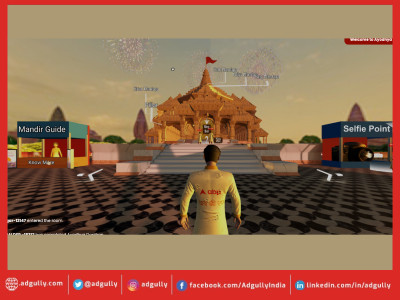
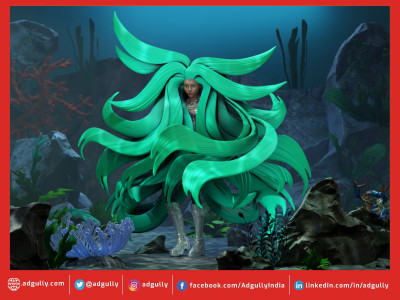
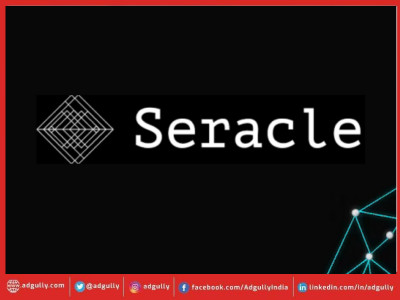


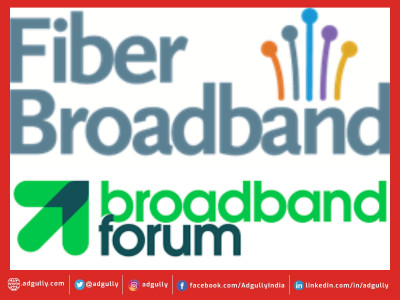
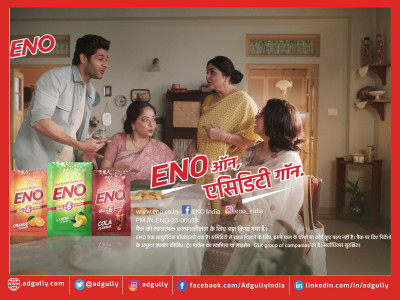
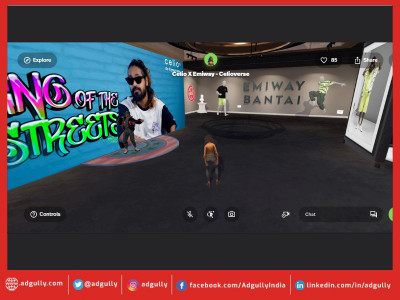




Share
Facebook
YouTube
Tweet
Twitter
LinkedIn